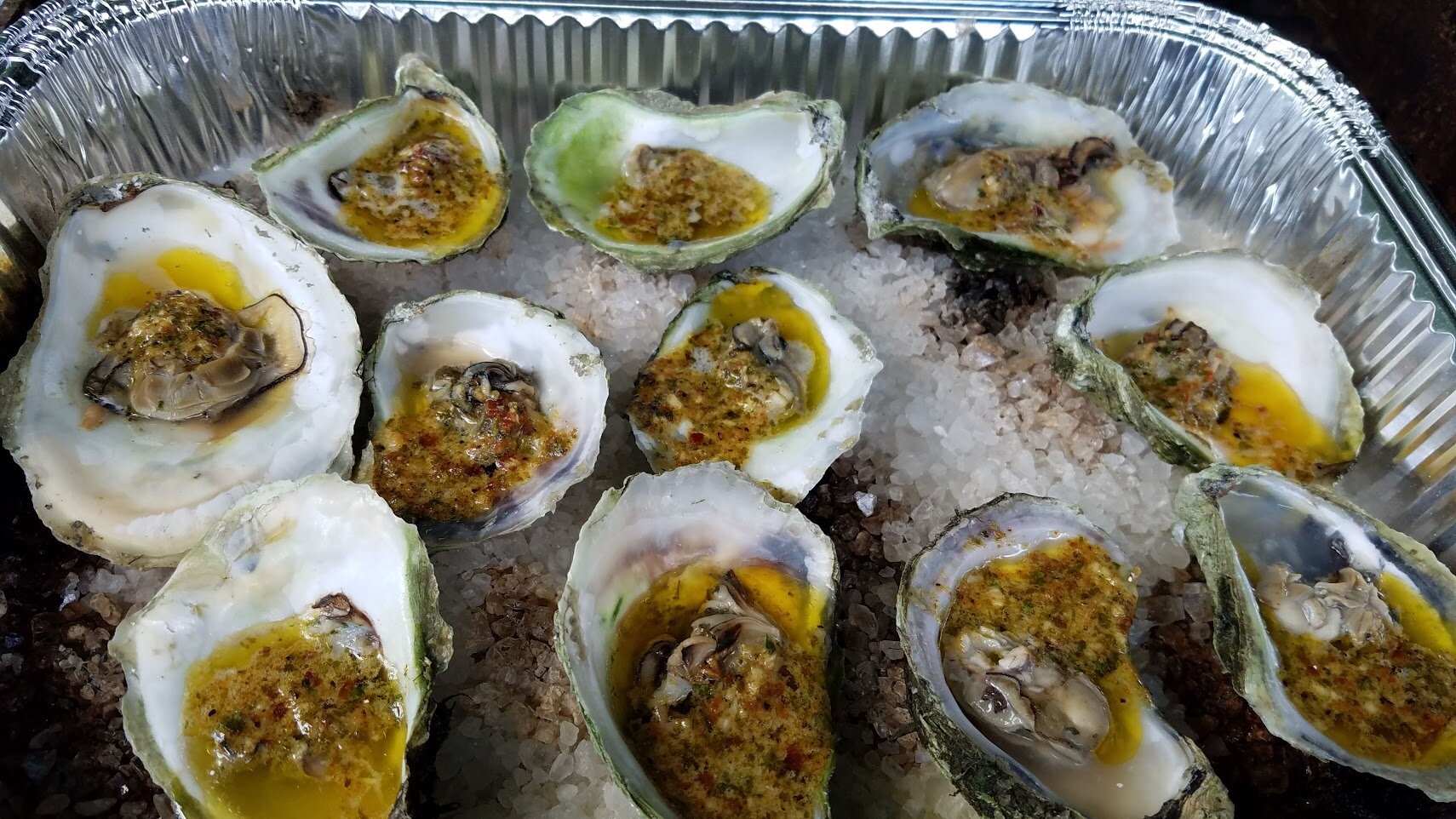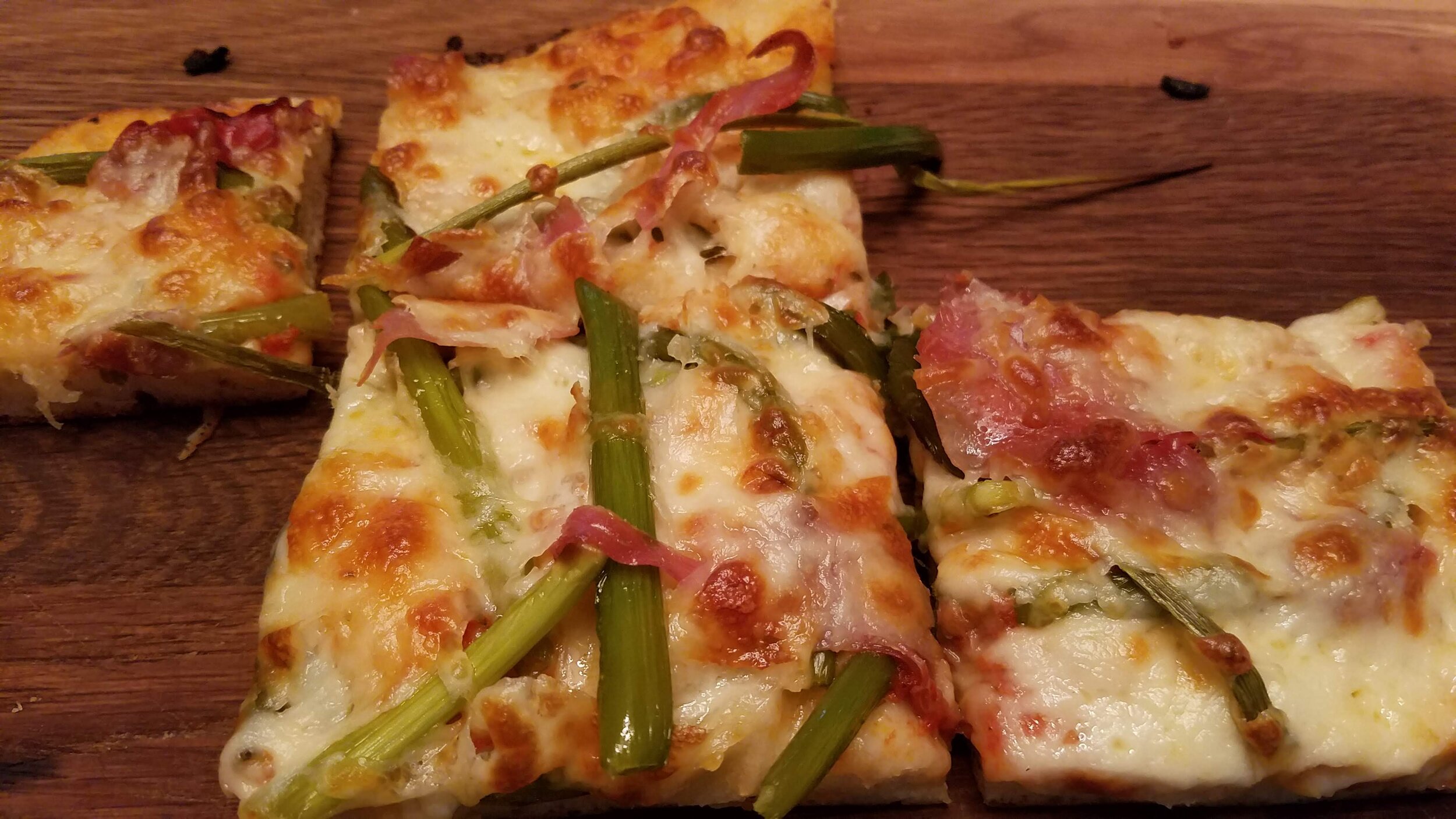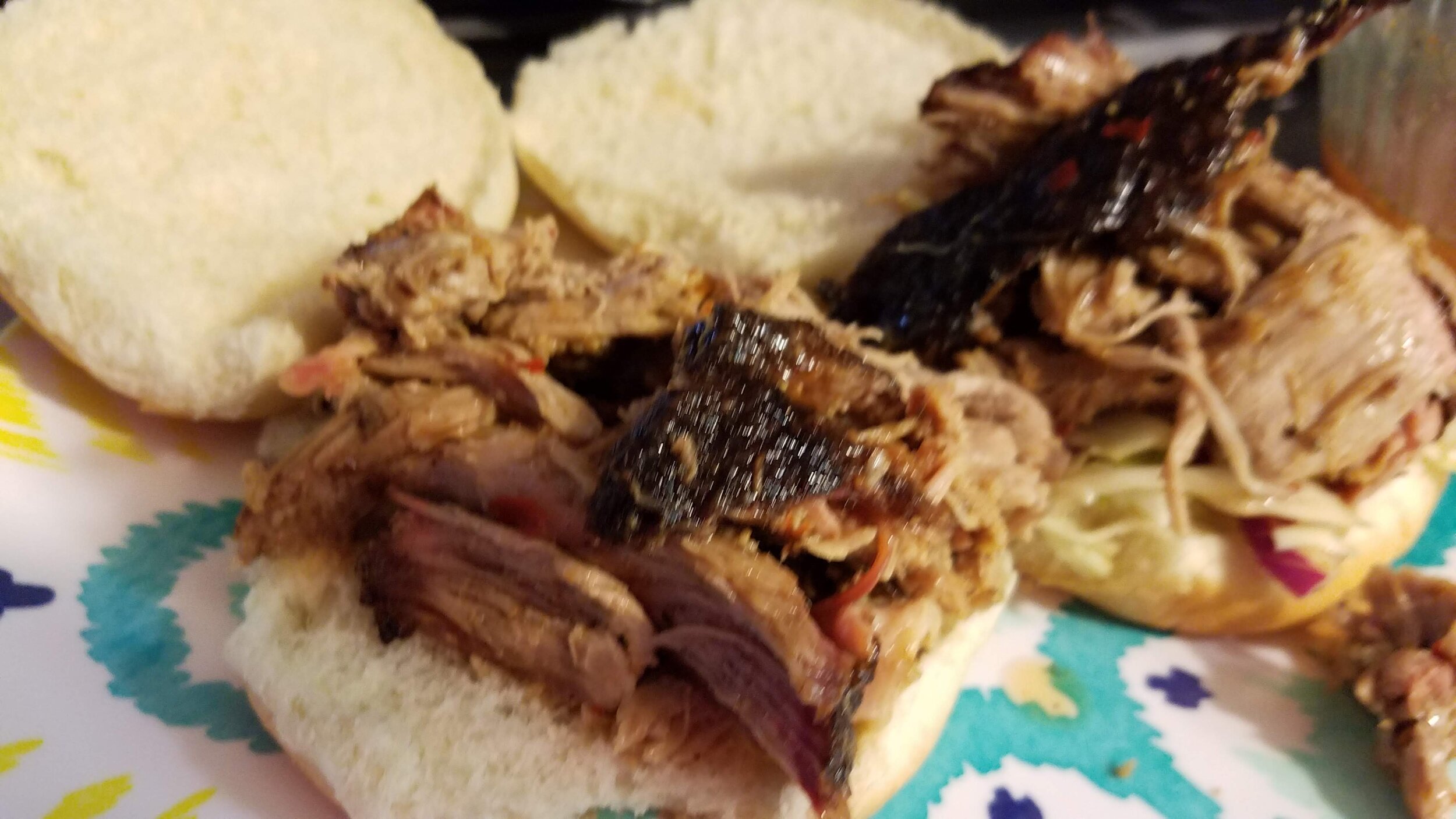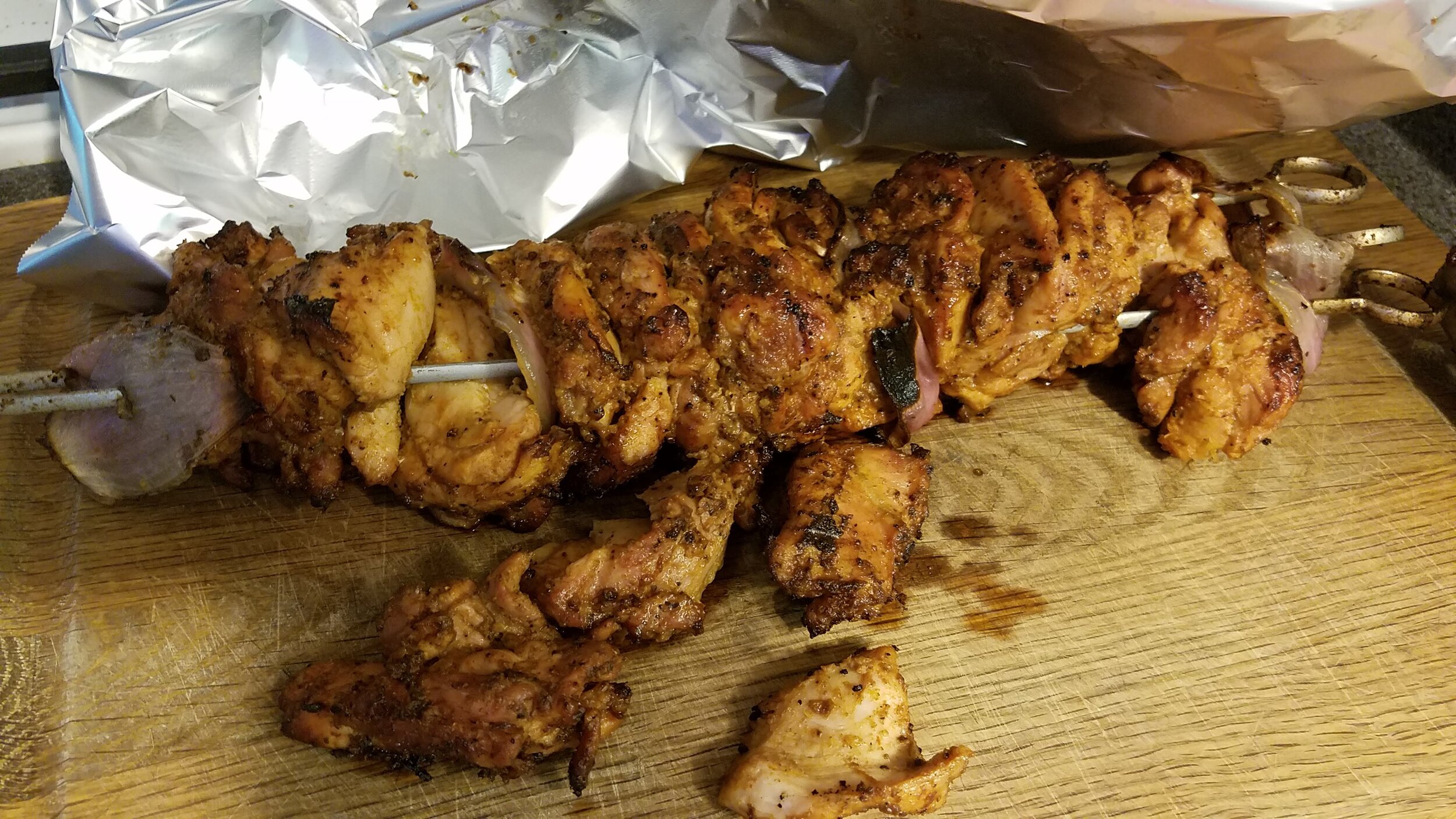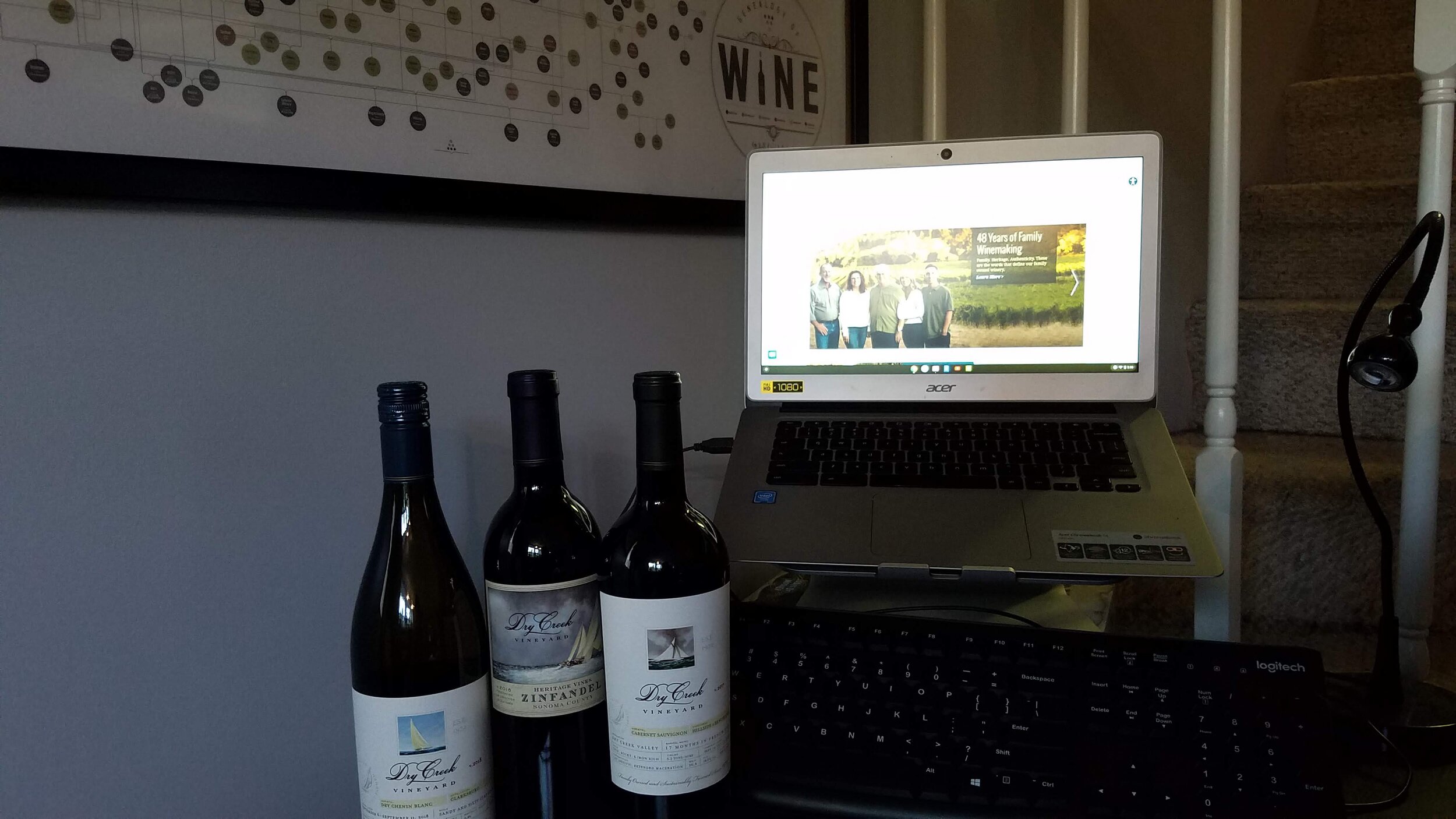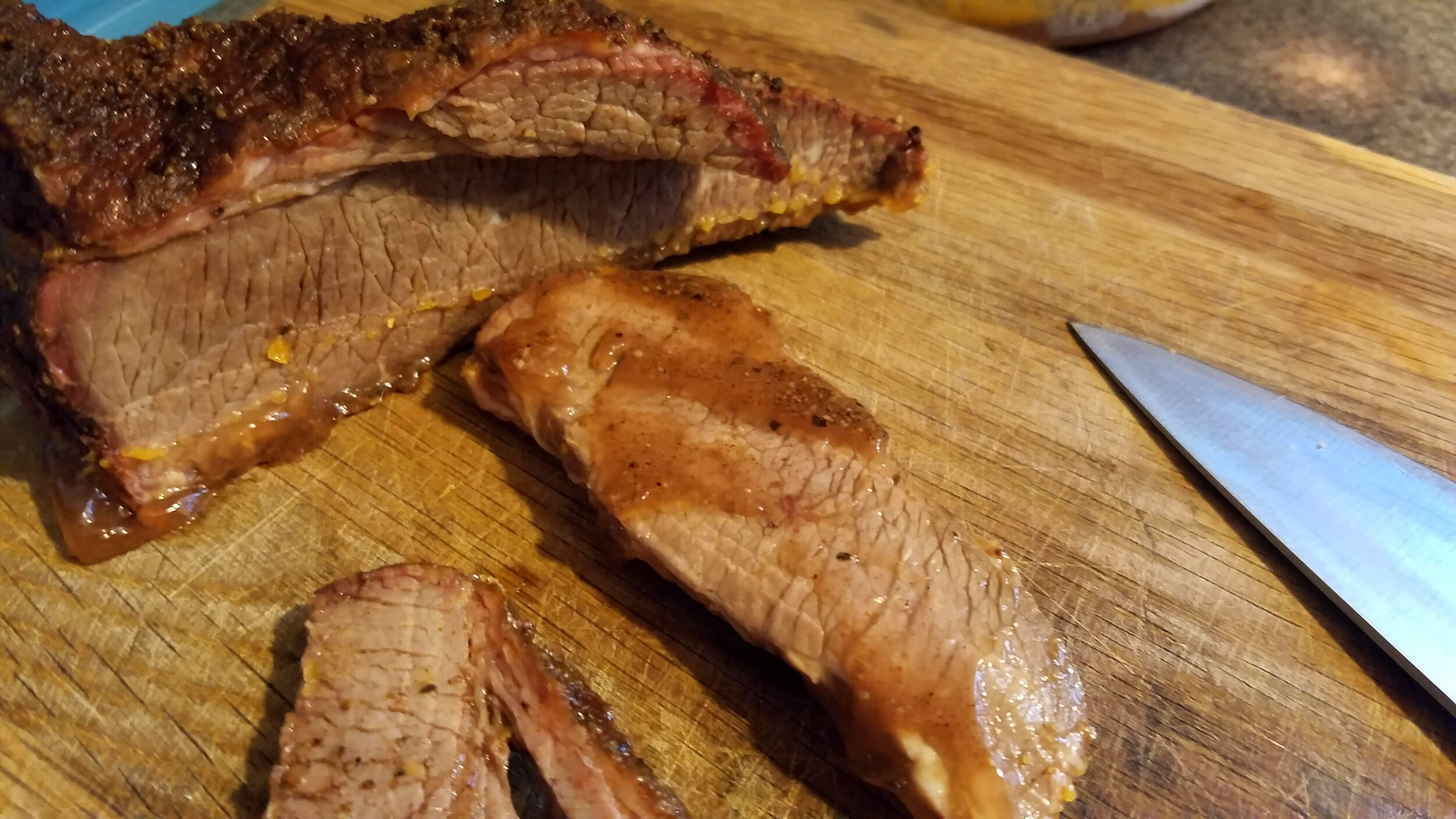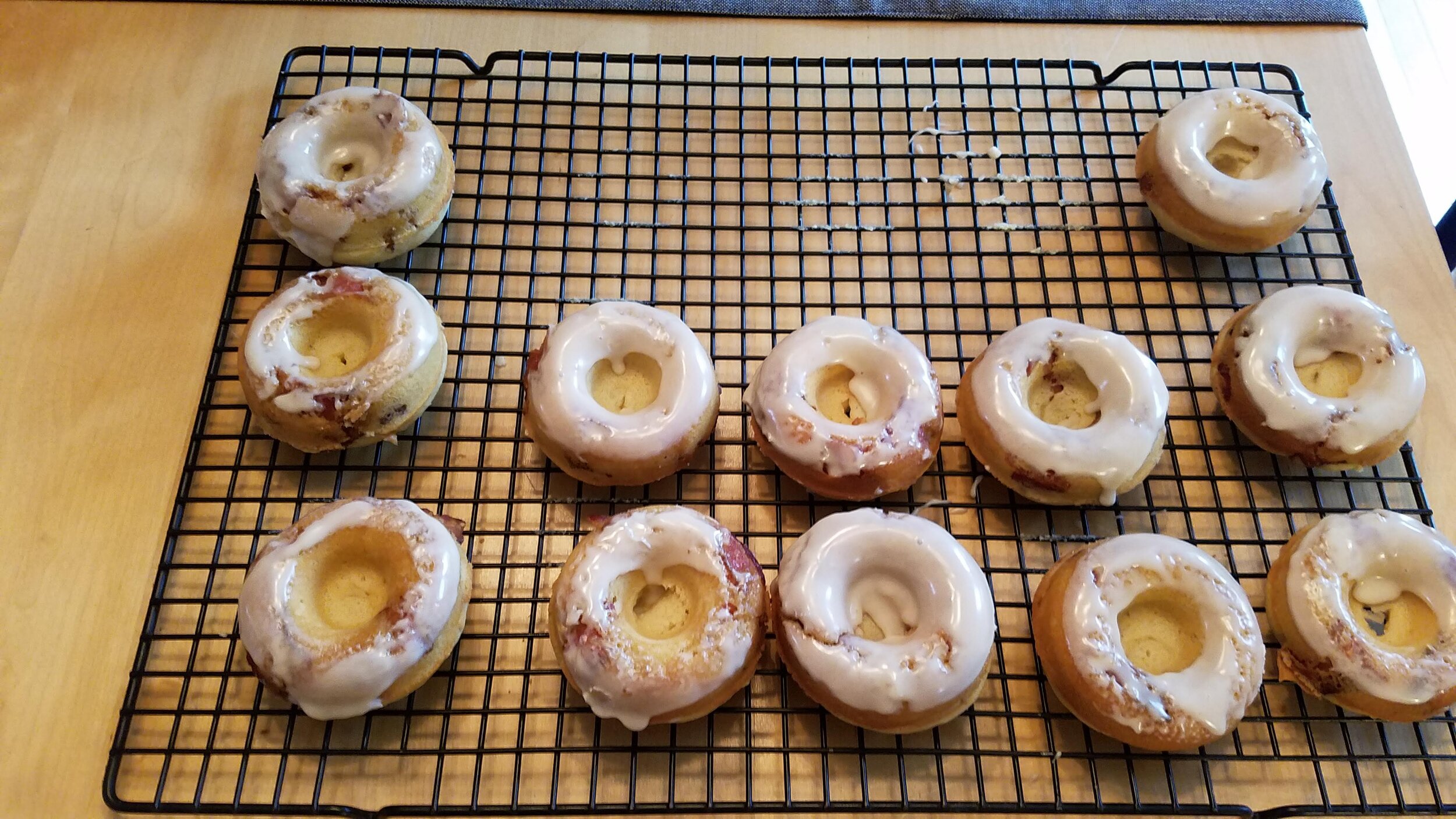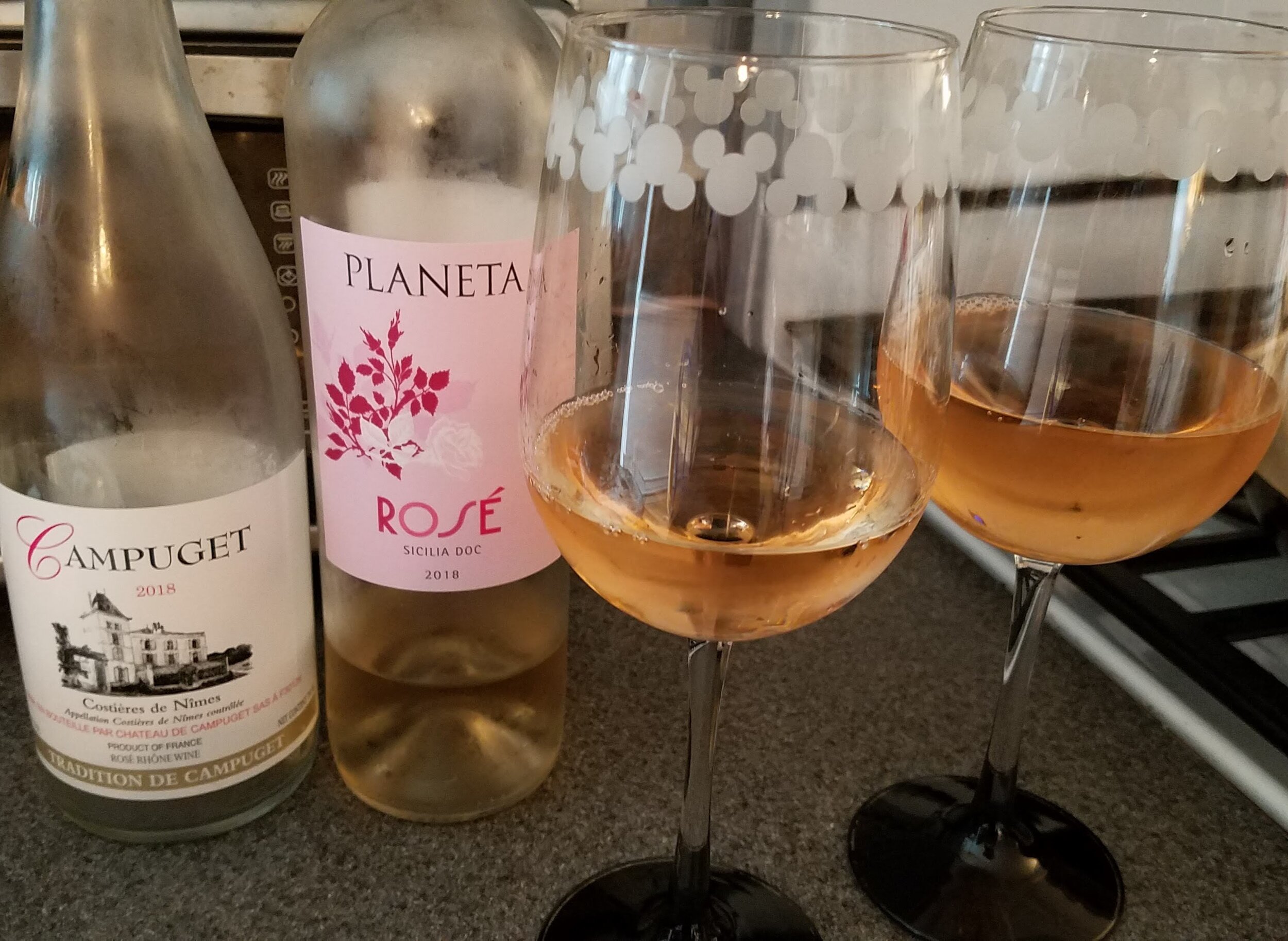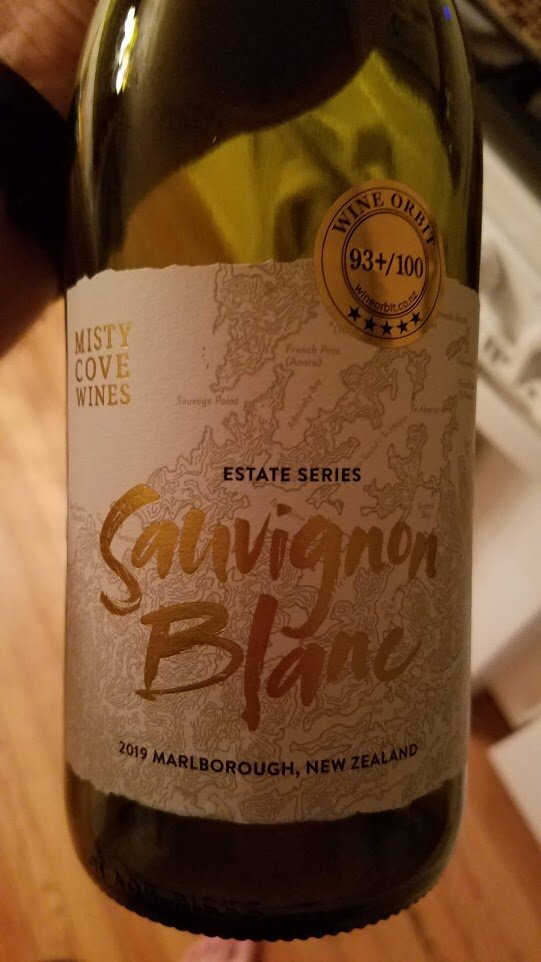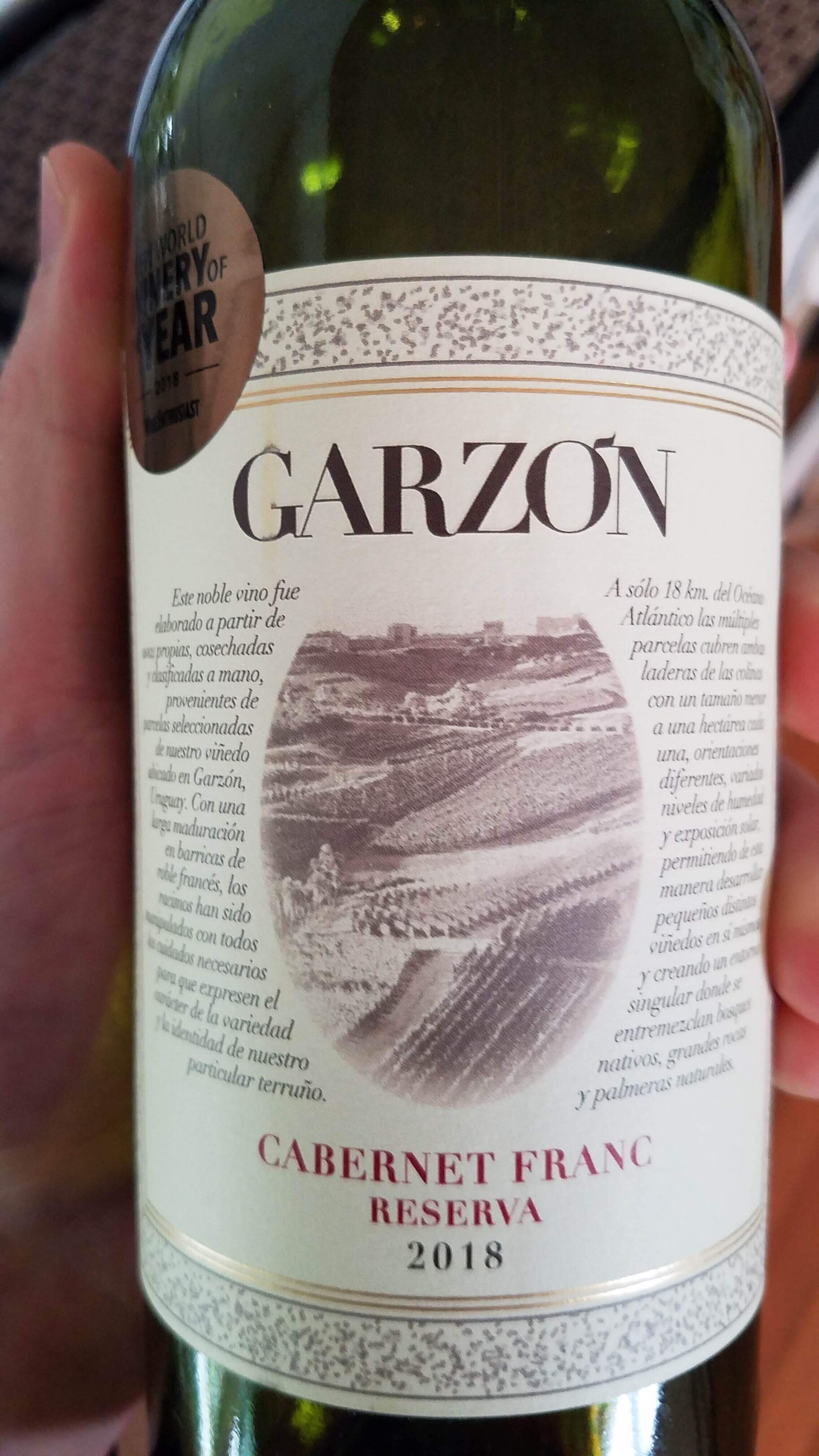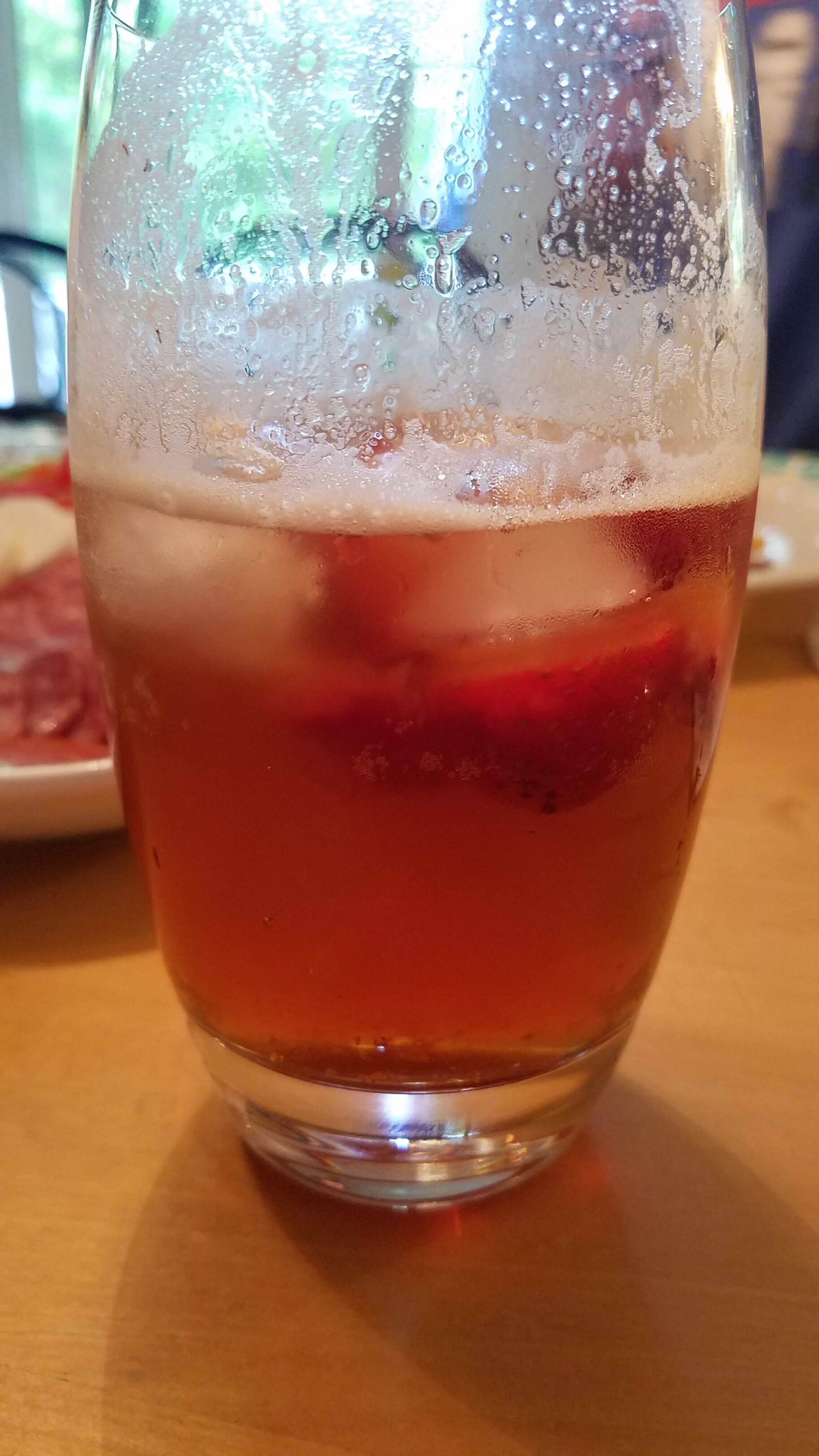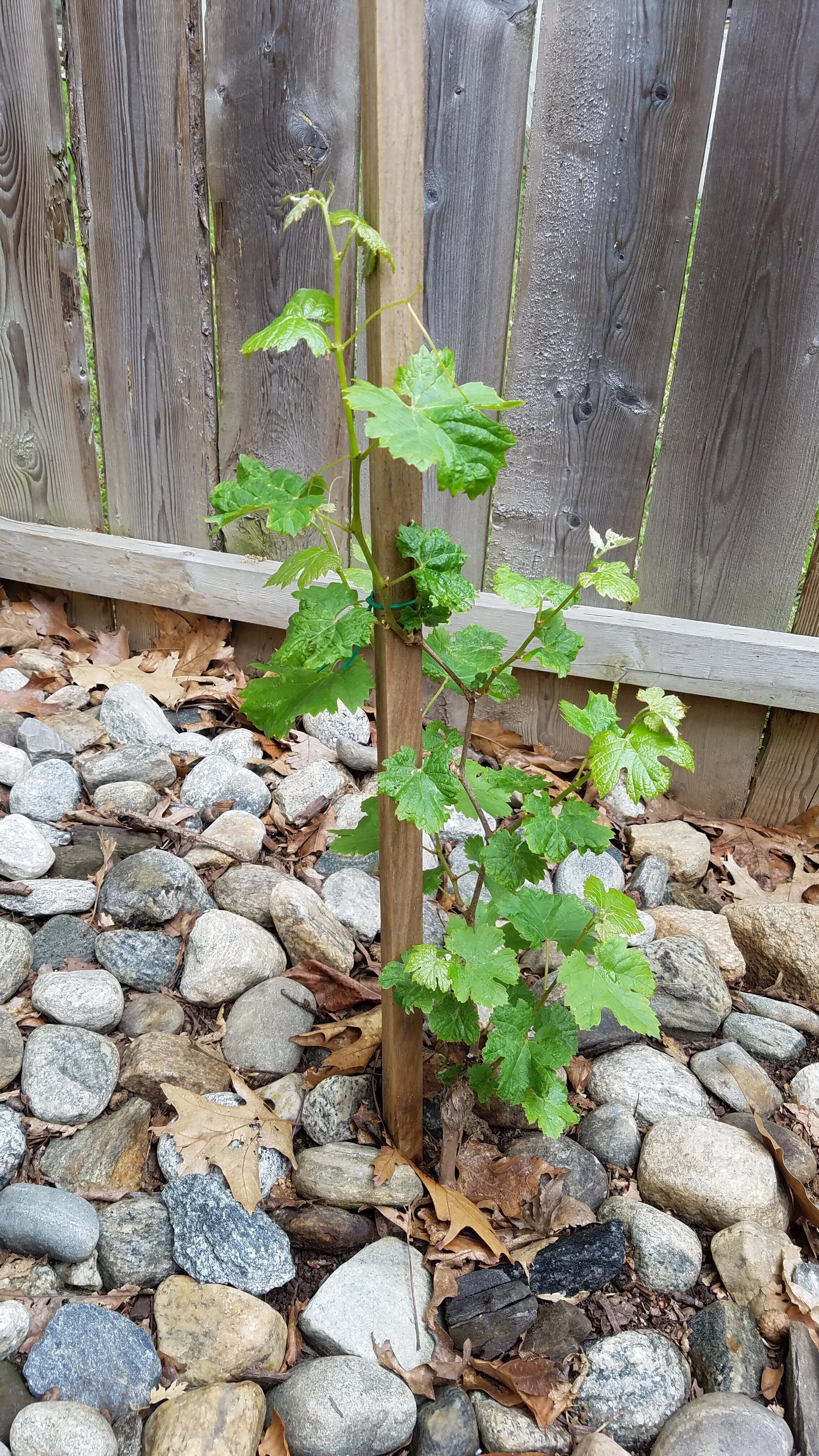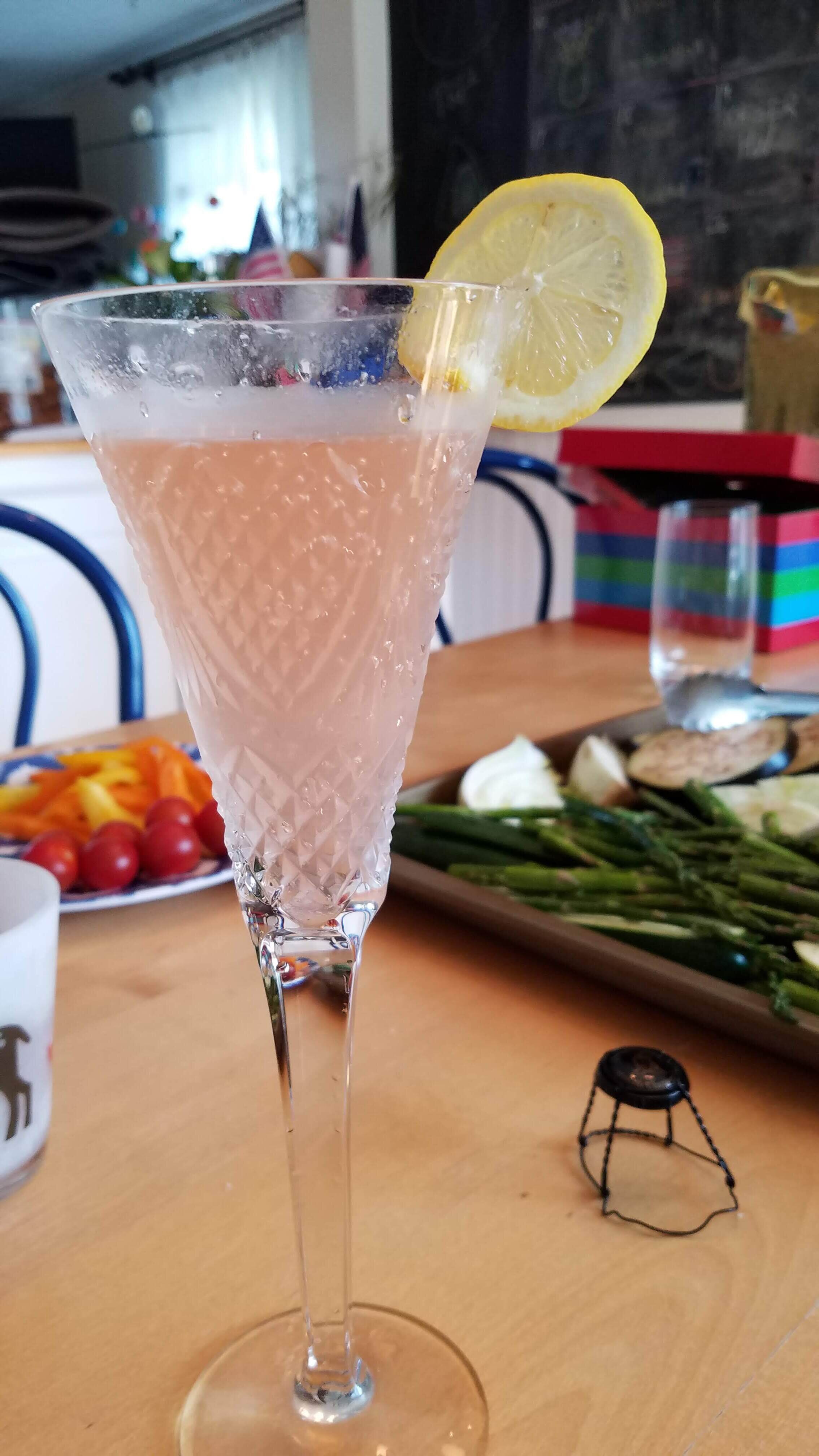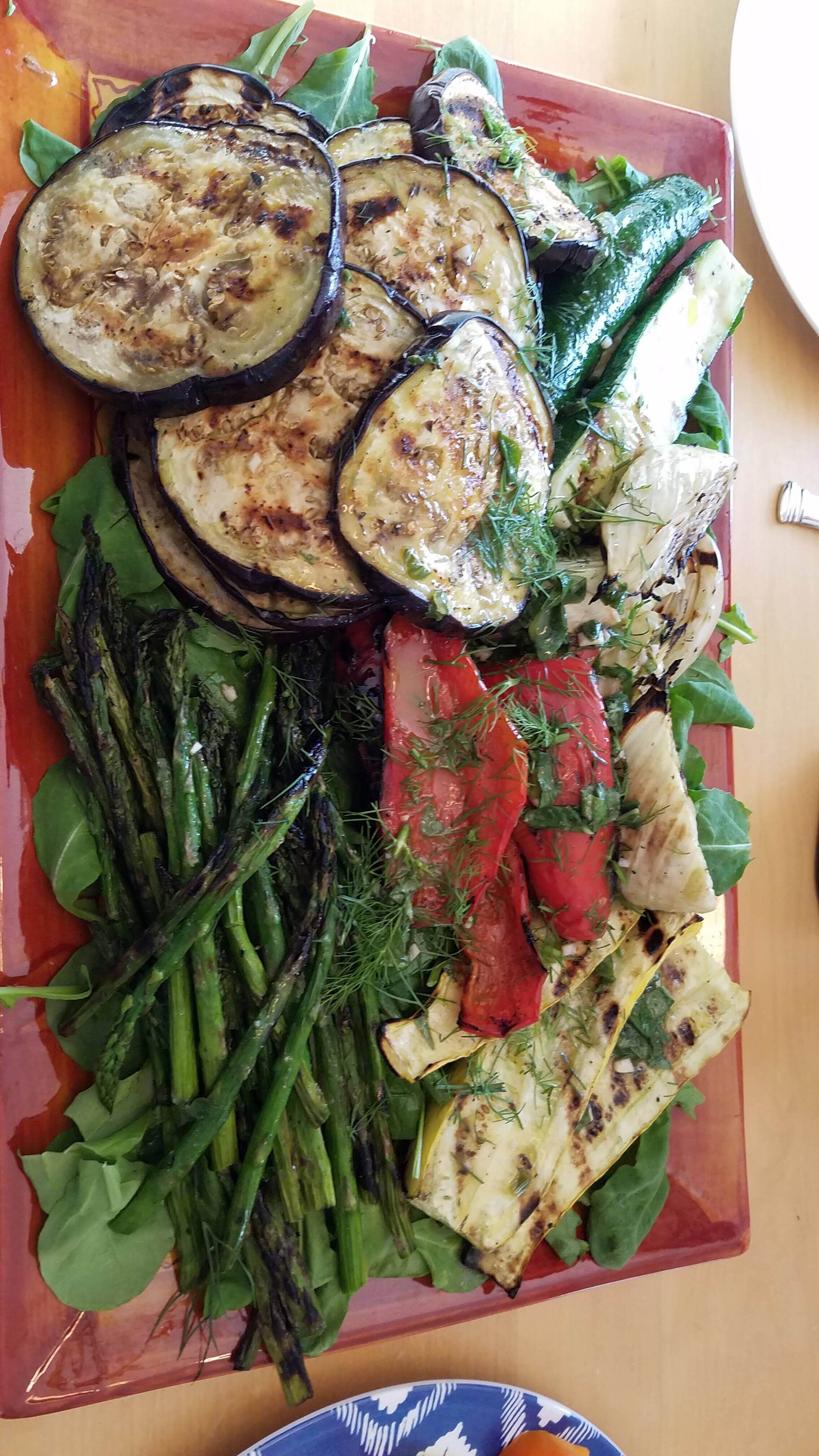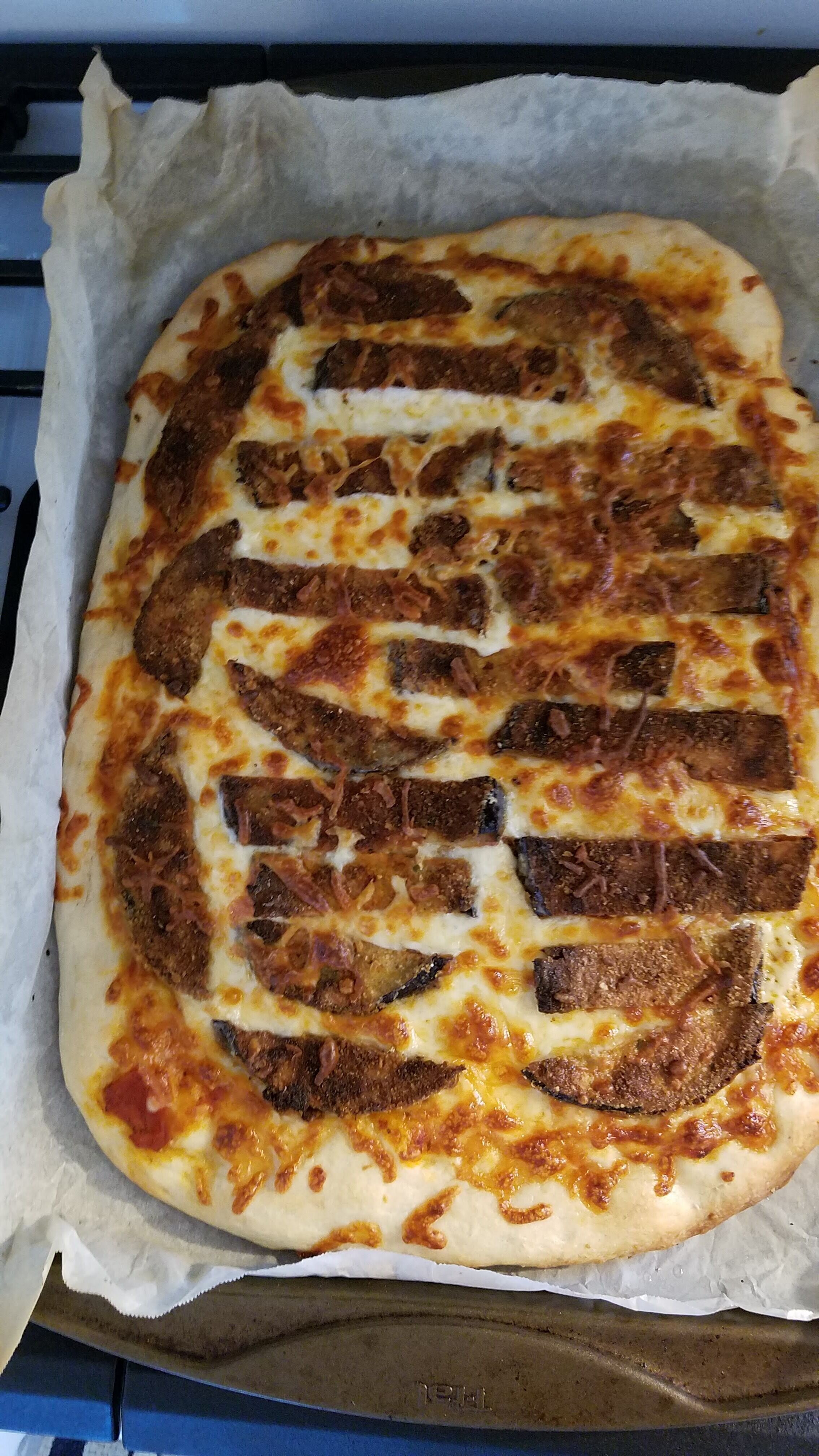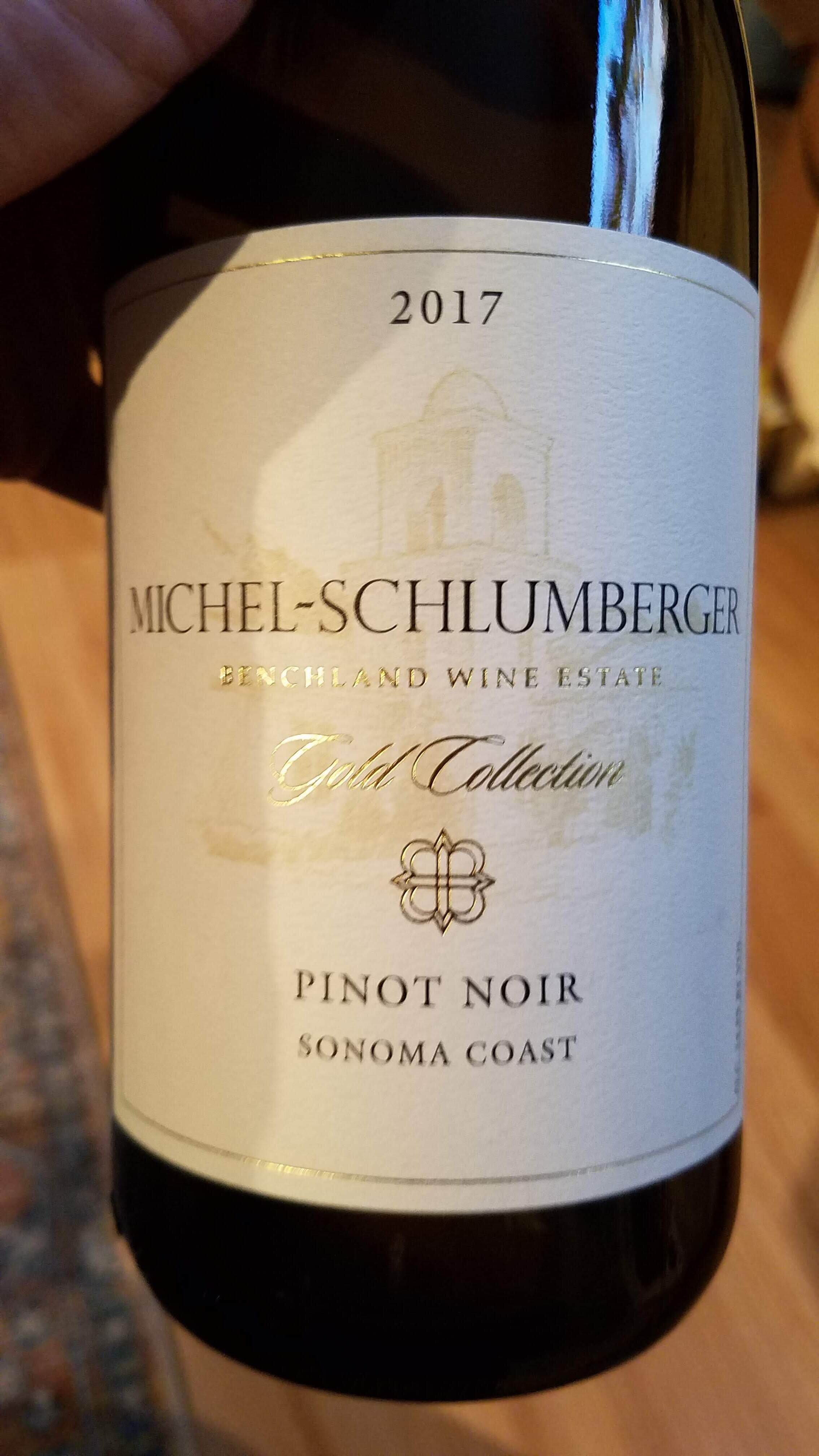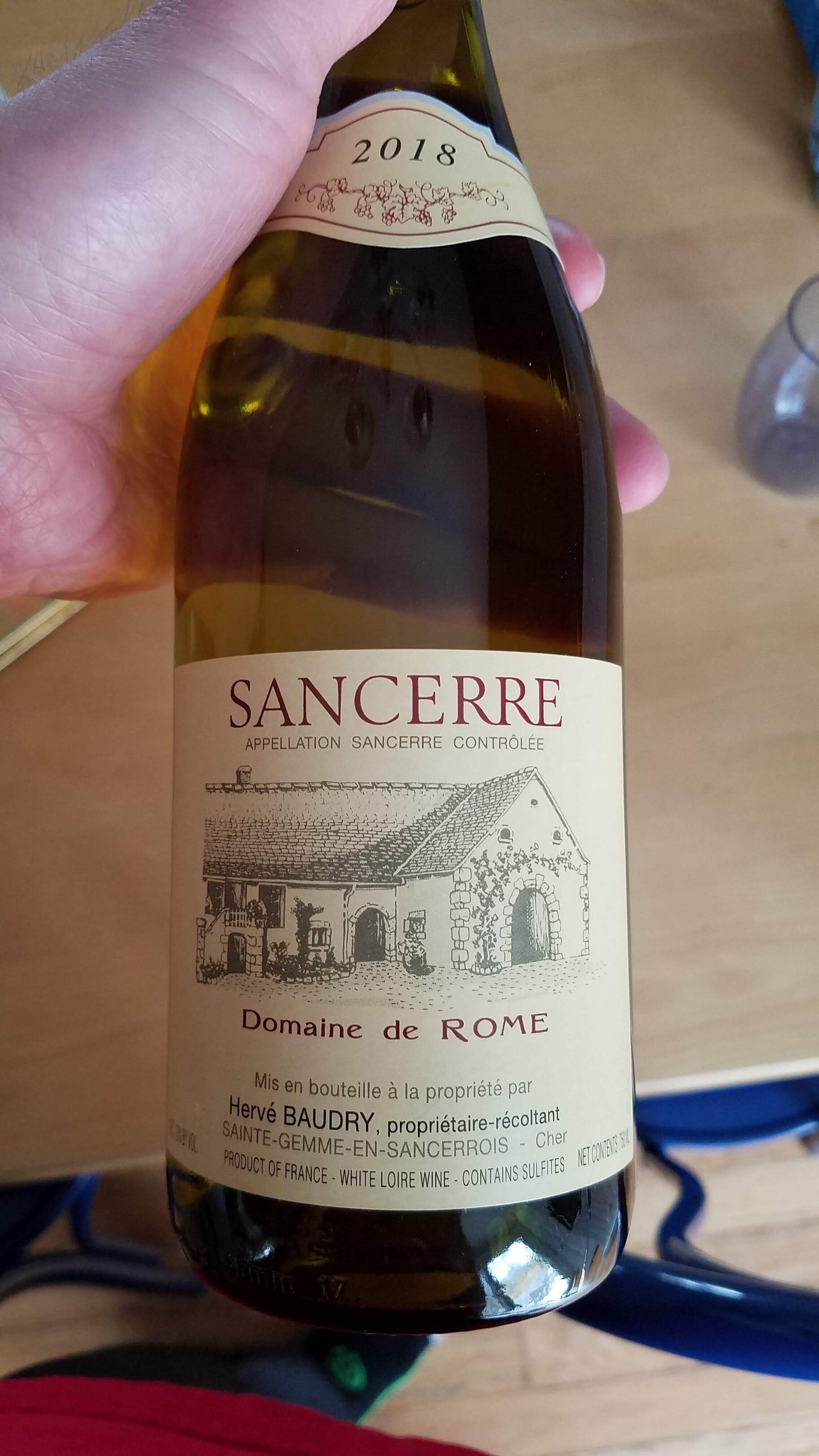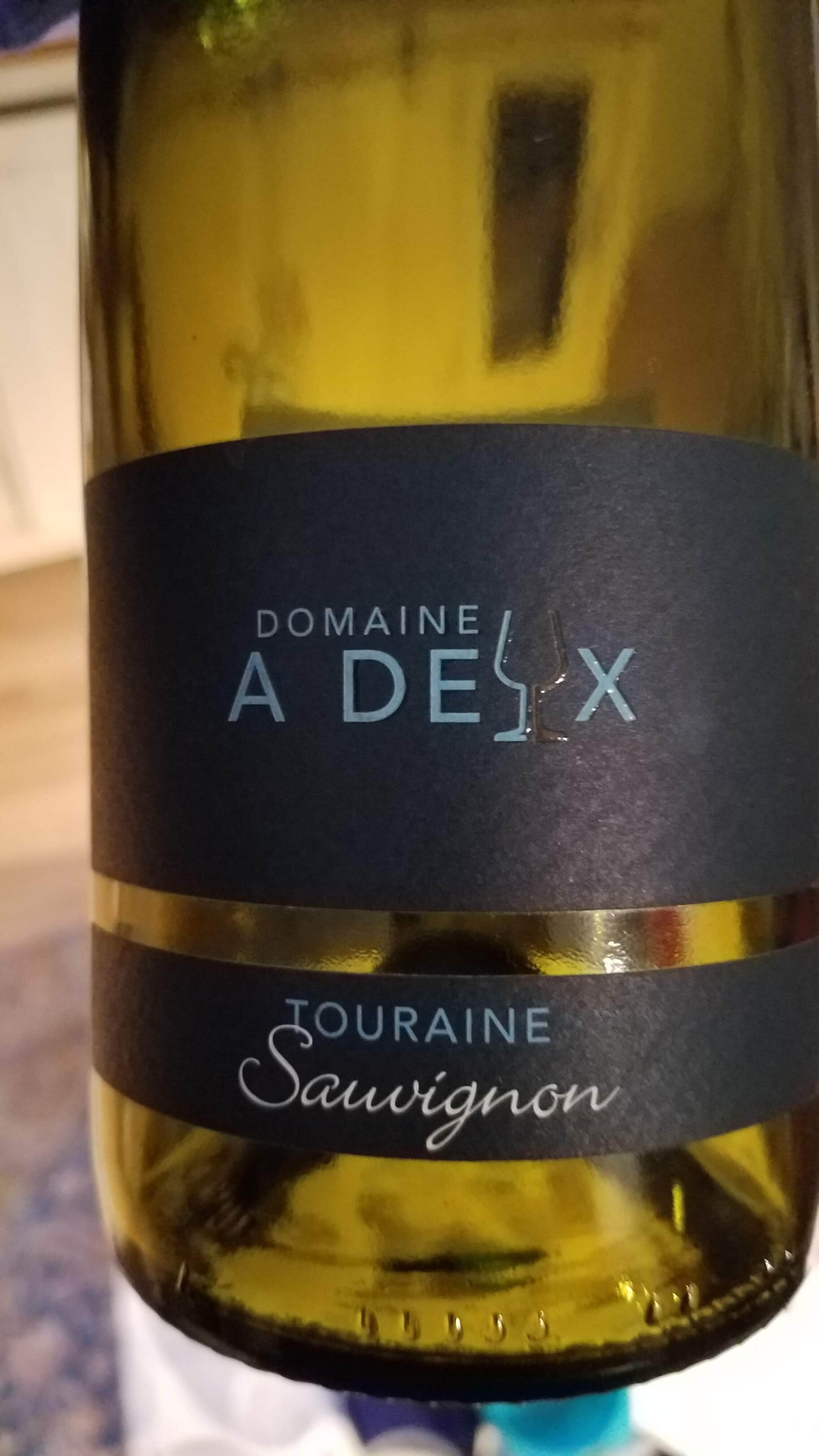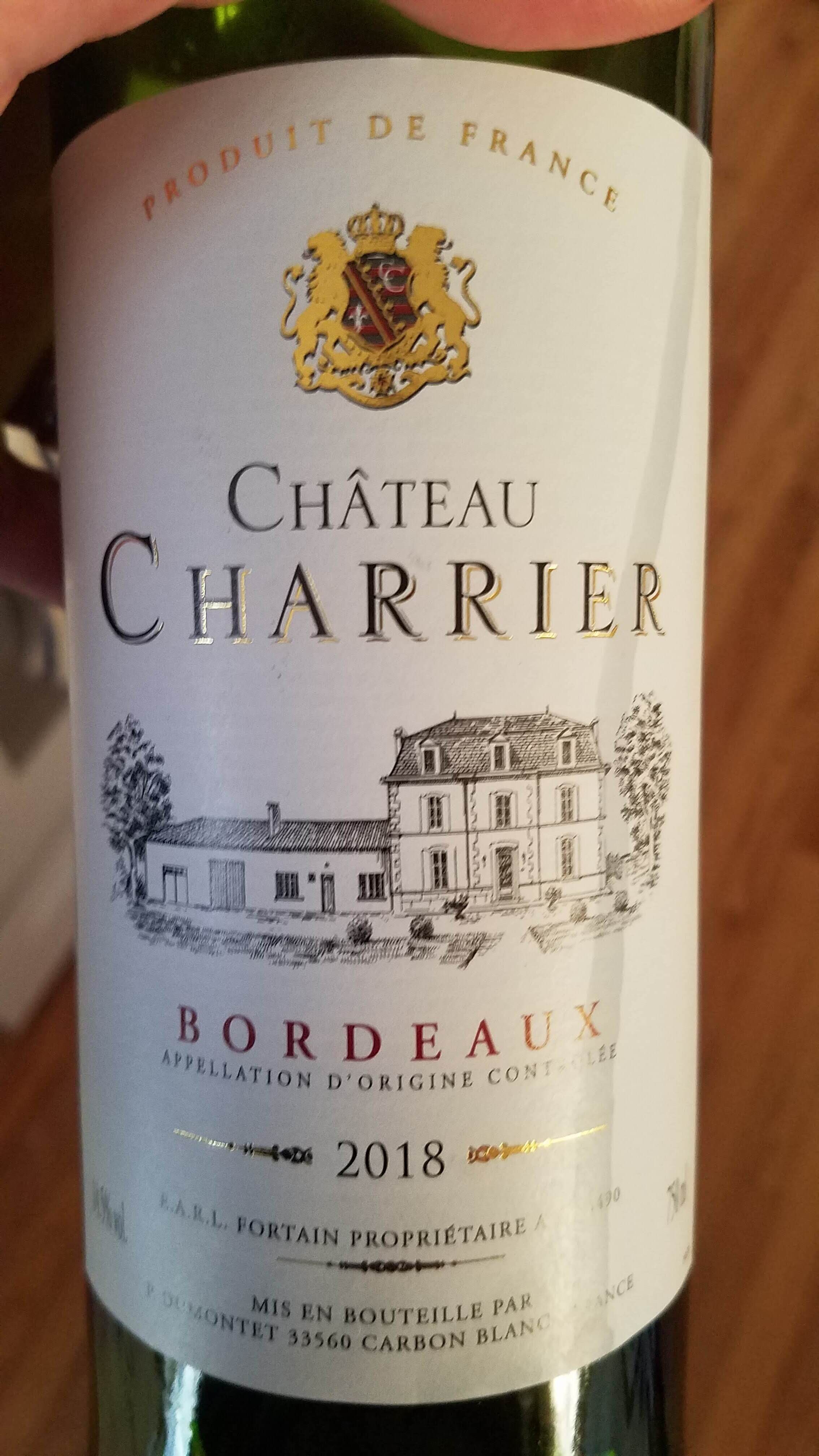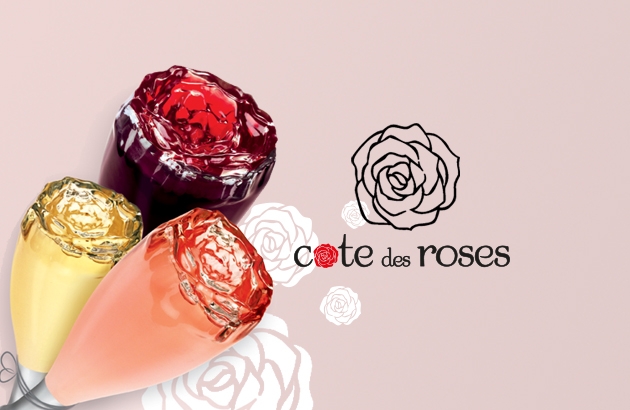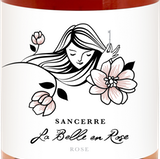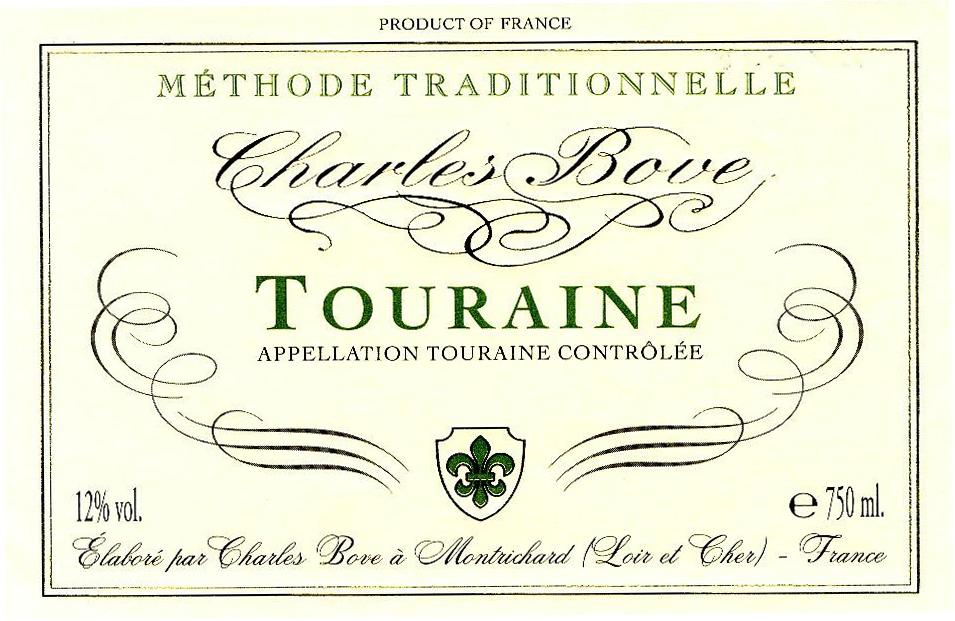127 Days of Food and Beverage, In Pictures
For the past 127 life-altering days, the main goal around here has simply been to keep everyone’s physical and mental health as strong as it can be. As any of you can attest to daily it isn’t easy to deal with, but hopefully we can all find some pockets of time to be able to sit back and appreciate what we have. During these times of quarantine/lockdown/social distancing, I have always been able to count on Friday Pizza & Movie Night, takeout dinners to support a local restaurant once per week, and the Sunday Cocktail & Appetizers right here at home. Of course, there is the occasional Thursday Happy Hour on our deck with oversized chess, checkers, and “four-in-a-row,” or even the Tuesday night where I decide, “screw it…I’m getting a beer.”
Seeing as I haven’t shared anything with you all in a while, I figured now is as good a time as any to do so. I have taken some of my favorite moments of food and beverage experiences over the last 3+ months to help you get caught up. Think of it as a “Best Of” mini-guide to help you the next time you are looking to cook something up or pick up something new at your local liquor mart.
Drink from the fire hose, and feel free to share what you have tried since March…I’d love to hear about it! In the meantime, hang in there and be good to one another.
